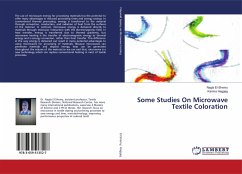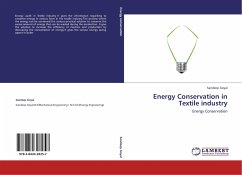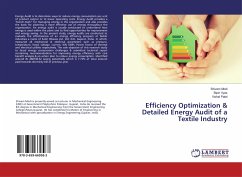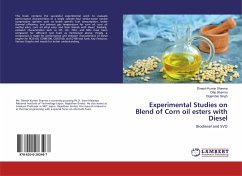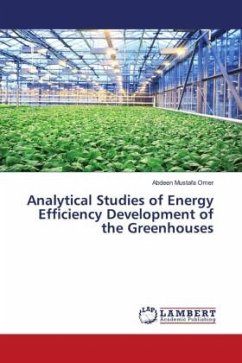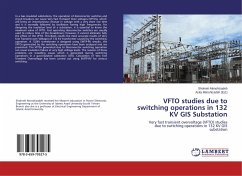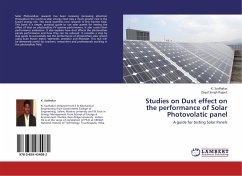The use of microwave energy for processing materials has the potential to offer many advantages in reduced processing times and energy savings. In conventional thermal processing, energy is transferred to the material through convection, conduction, and radiation of heat from the surfaces of the material. In contrast, microwave energy is delivered directly to materials through molecular interaction with the electromagnetic field. In heat transfer, energy is transferred due to thermal gradients, but microwave heating is the transfer of electromagnetic energy to thermal energy and is energy conversion, rather than heat transfer. This difference in the way energy is delivered can result in many potential advantages to using microwaves for processing of materials. Because microwaves can penetrate materials and deposit energy, heat can be generated throughout the volume of the material.so we can said that, microwave is a new technology which can replace conventional heating in most oftextile processes.
Bitte wählen Sie Ihr Anliegen aus.
Rechnungen
Retourenschein anfordern
Bestellstatus
Storno

